he change of the seasons is always an exciting time. The days get shorter, the temperatures cooler, and the leaves shift from vibrant greens to warm oranges, reds, and yellows.
With each passing season, there are traditions we come to expect, like hot cocoa in winter or summer barbecues with friends.
In autumn, many folks look forward to the abundance of fall fruits that highlight the best of the seasonal harvest. Farmers' markets and orchards overflow with crisp apples, sweet figs, juicy grapes, and hearty pumpkins, bringing rich autumn flavors to the table. These autumn fruits not only capture the taste of the season but also showcase the variety of seasonal produce available during harvest time.

⬇️ Table of Contents
A-to-Z List of Fall Fruits🍂
If you're curious about what produce will be available around this time of year (or want some tips on how best to take advantage of it), read on for all you need to know about grocery shopping at a local farmers' market during autumn!
Apples

Apples are one of the most popular and widely consumed fruits globally. They belong to the Rosaceae family and originated in Central Asia, with wild ancestors still found in Kazakhstan. The domestication of apples began around 4,000 years ago and has since spread to different parts of the world.
The apple harvest season varies depending on the region but generally takes place from late August to early November. This period can extend in warmer climates or shorter in cooler ones.
The exact harvest date also depends on the variety of apples and its intended use - some apples are best suited for fresh consumption, while others are better for cooking or baking.
Asian Pear

Asian Pears, also known as Pyrus pyrifolia, is a type of fruit that originated in China and Japan. It is now widely cultivated in other regions, such as Korea and the United States. The harvest season for Asian Pears typically lasts from late summer to early fall, with peak availability during August and September.
These pears are characterized by their round shape, crisp texture, and sweet flavor. Unlike other pears, they do not change color as they ripen and are typically harvested when still firm. Asian Pears are also commonly referred to as "apple pears" due to their apple-like appearance and texture.
One interesting fact about Asian Pears is that they have been cultivated for over 3000 years in China and were highly valued by emperors for their delicious taste and medicinal properties. They are also known to have a longer shelf life compared to other varieties of pears,
Cranberries

Cranberries are a unique type of berry that is native to North America. The species name for cranberries is Vaccinium macrocarpon, and they grow in the northeastern parts of the United States and southeastern parts of Canada. These berries have been harvested for hundreds of years by Native Americans and were used for both food and medicine.
The harvest season for cranberries typically runs from September to November, depending on the region and weather conditions. During this time, large areas of land are flooded with water to harvest the berries more efficiently. This process is known as "wet harvesting" and allows for easier picking of the floating cranberries.
Dates Fruit
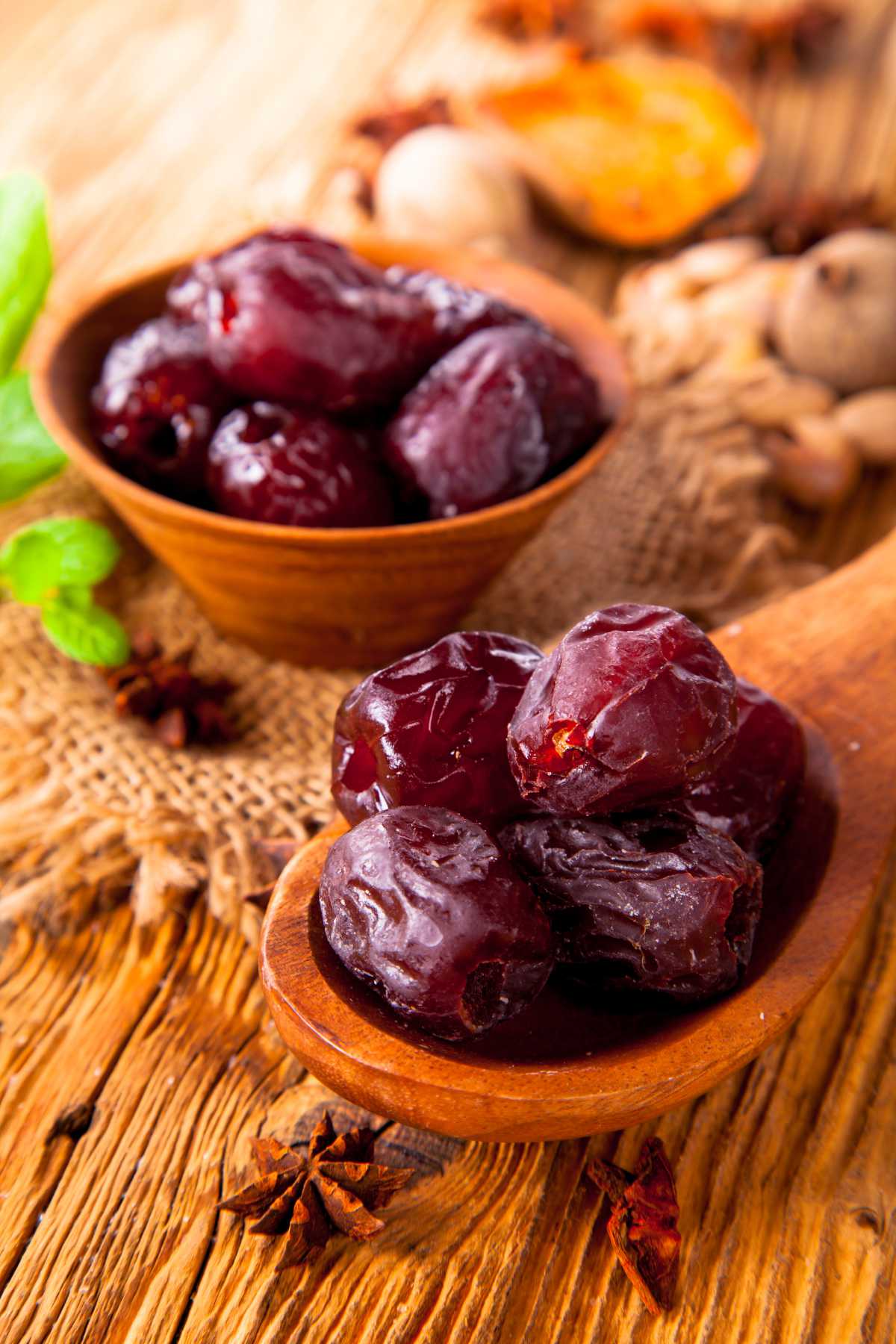
Dates fruit, also known as Phoenix dactylifera, is a delicious and nutritious fruit humans have enjoyed for thousands of years. Native to the Middle East region, these sweet fruits are harvested from late September to early November every year. The duration of the harvest season may vary depending on the climate and location.
Dates trees can grow up to 75 feet tall and produce fruits for up to 60 years. The fruit, technically a drupe (a type of stone fruit), grows in large clusters and can range from bright red to golden yellow. While dates are most commonly eaten dried, they can also be consumed fresh or made into various products such as syrups and pastes.
One interesting fact about dates is that they are considered a staple food in the Middle East and have been an important part of their diet for centuries. They were highly valued by ancient civilizations such as the Egyptians and Mesopotamians, who used them both as a source of food and medicine.
Figs
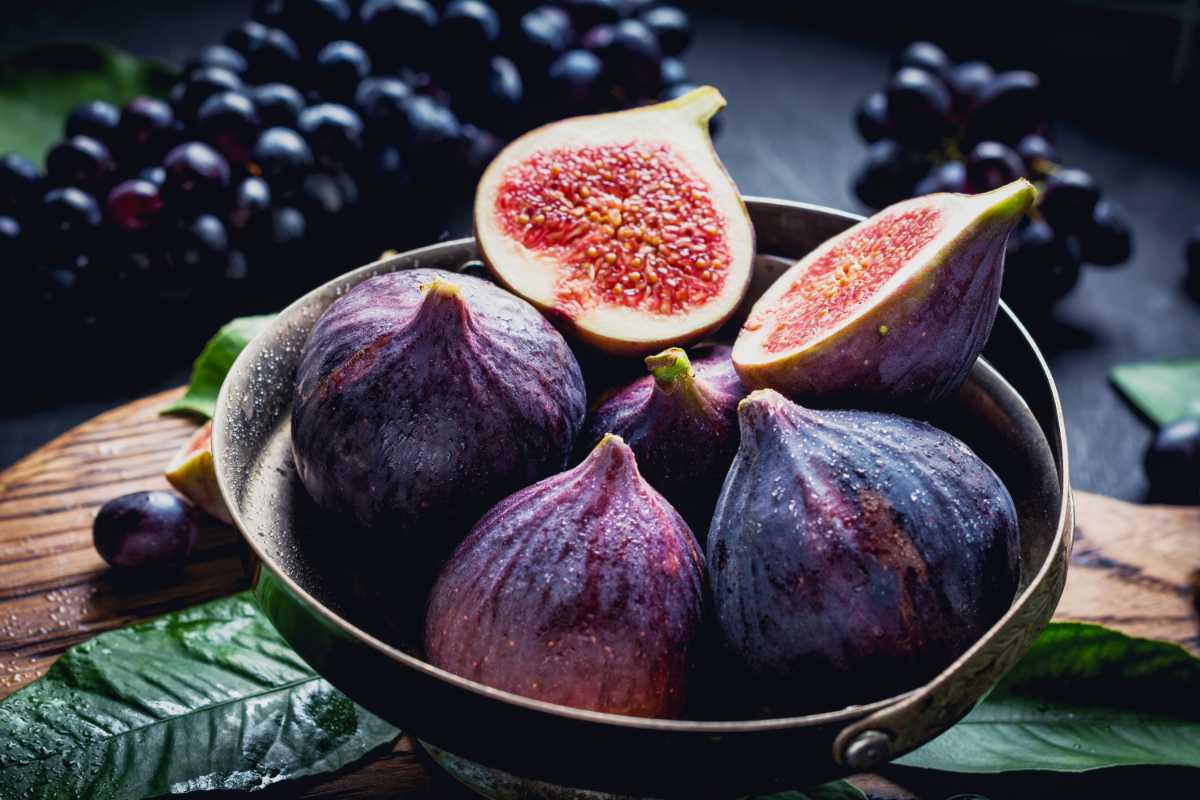
Figs are a type of fruit that are native to the Middle East and western Asia but are now grown all over the world. They come from various species of fig trees, with some of the most common being Ficus carica, Ficus racemosa, and Ficus benghalensis.
Fig harvesting season varies depending on the species and location, but in general, it takes place during late summer and early fall. The season can last anywhere from a few weeks to a couple of months, with figs at their peak ripeness towards the end of the season. Figs are not classified as a fruit but rather as inverted flowers. This is due to the way they grow and their unique pollination process.
Grapes

Grapes, scientifically known as Vitis vinifera, have been grown and harvested for thousands of years. They are one of the oldest cultivated plants, and their origin can be traced back to the Caucasus region in Western Asia.
The grape harvest season typically starts in late summer and lasts until early fall, depending on the region's climatic conditions. This means that grapes are usually harvested between August and October. The duration of the season can vary from a couple of weeks to several months, depending on the type of grape and its intended use.
Guava
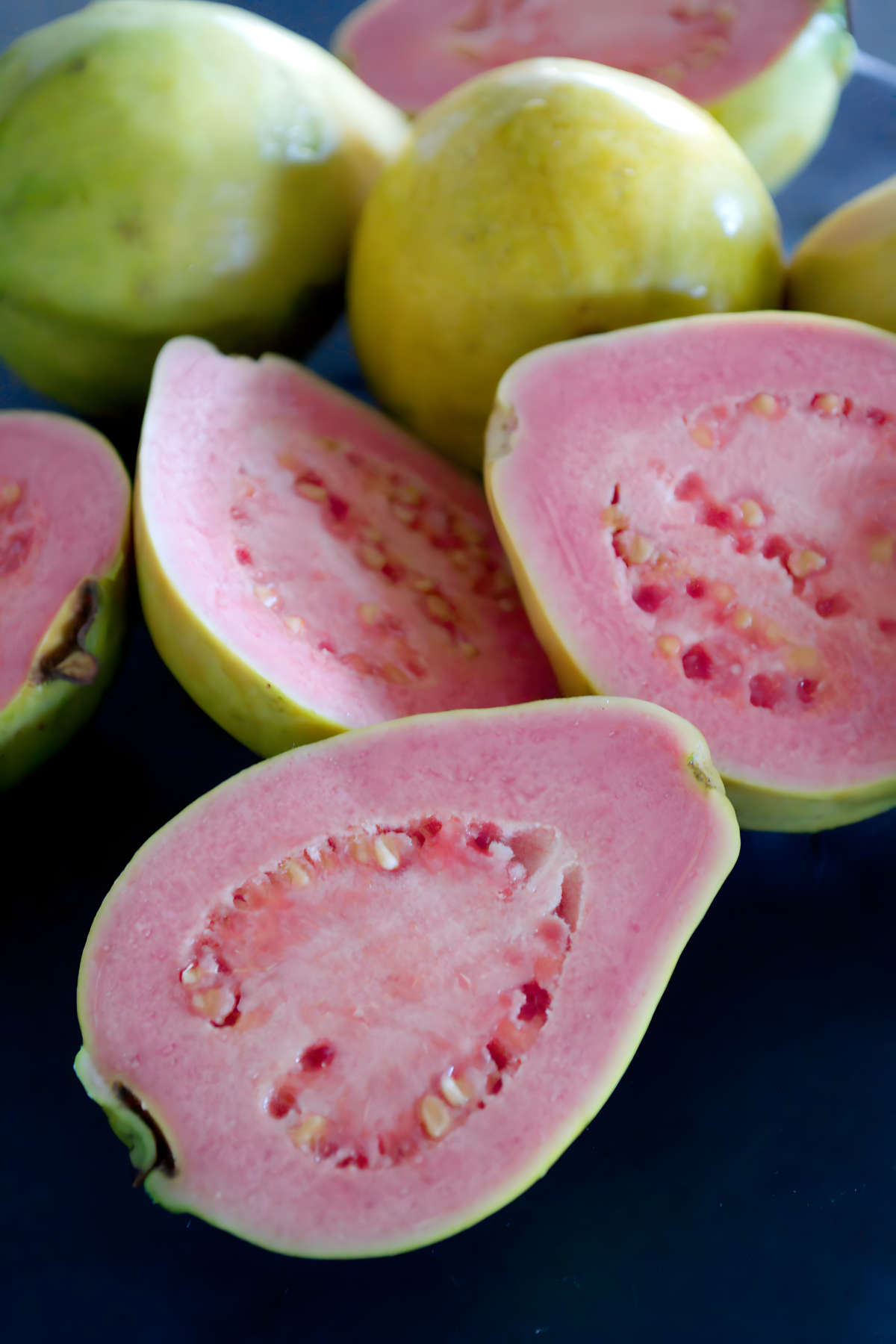
Guava is a tropical fruit that belongs to the Myrtaceae family. It originated in Central America but is now cultivated in many countries around the world, including Brazil, India, and Mexico. The guava tree can grow up to 10 meters tall and bears round or pear-shaped fruits with a fragrant, sweet aroma.
In most regions where it grows, guava is harvested between May and December, making it a seasonal fruit. The season can vary depending on the location but generally lasts around six months as guava ripens quickly after being picked.
Key Limes

Key limes (Citrus aurantifolia) are small, round citrus fruits that originated in Southeast Asia and have been grown in tropical regions worldwide for centuries. They are also known as Mexican limes or West Indian limes due to their popularity in those regions. The key lime tree is a thorny shrub that can reach up to 20 feet in height and produces fragrant flowers that eventually turn into the beloved fruit.
Key limes are typically harvested between June and September, although they can be found year-round in some areas. The duration of the season varies depending on the location and weather conditions, but it usually lasts around four months. These limes are picked when they are still green, as they do not fully ripen on the tree.
Kiwis

Kiwis fruit, or Chinese gooseberries, are small egg-shaped fruits from China. However, they were first commercially grown in New Zealand in the early 20th century. Today, kiwis are a popular fruit worldwide and are widely exported from New Zealand.
The kiwi fruit season in New Zealand runs from June to October, making it a relatively short harvest period of around five months. Most kiwis are grown and harvested in the North Island, particularly around the Bay of Plenty region.
Kiwis are not only delicious but also packed with nutrients. They are rich in vitamin C, which supports a healthy immune system and contain significant amounts of dietary fiber, making them a great addition to any diet. Additionally, kiwis are an excellent source of antioxidants and have anti-inflammatory properties. With its unique flavor and health benefits, it's no wonder that the kiwi fruit has become a staple in many households.
One interesting fact about kiwis is that they are not only known for their taste but also their appearance. The brown, fuzzy skin of a kiwi fruit is edible and contains high levels of vitamin E.
Kumquats

Kumquats are small, tangy fruits that are native to Southeast Asia. They belong to the citrus family and are about the size of large olives. The name 'kumquat' comes from the Cantonese word for "golden orange." These little fruits have a unique taste - they're sweet on the outside and sour on the inside, making them a popular ingredient in both sweet and savory dishes.
Kumquats are primarily grown in China, specifically in the southern regions such as Fujian, Guizhou, and Jiangxi. The harvest season for kumquats typically starts in November and lasts until February or March. They thrive in cooler temperatures and withstand light frost, making them ideal for winter harvesting.
During the harvest season, kumquat trees are covered in bright orange fruits that add a pop of color to the surrounding landscape. The fruits are picked by hand and must be handled carefully as they bruise easily.
Passion Fruit
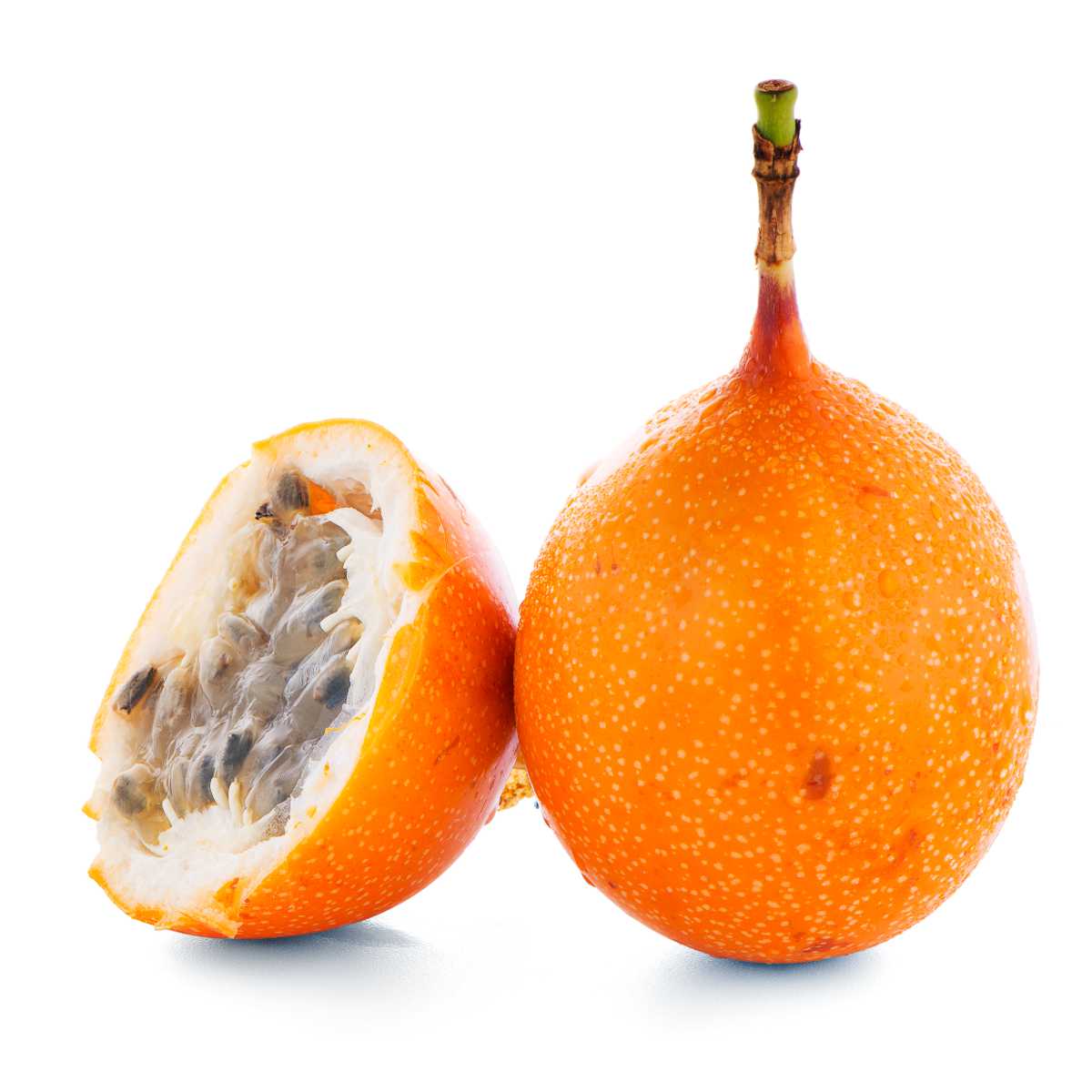
Passion fruit, also known as Passiflora edulis, is a vine species native to South America and grows in tropical and subtropical regions such as Brazil, Paraguay, Argentina, and Northern Uruguay. The plant was introduced to Europe in the 16th century by Spanish explorers enchanted by its beautiful flowers.
The passion fruit harvest season varies depending on the location but typically falls between July and December. The fruit is ready to be harvested when it turns green to purple and drops from the vine. It has a sweet, tangy flavor that makes it a popular ingredient in juices, desserts, and cocktails.
In addition, its leaves can be used to make tea, and its flowers are often used in perfumes and other beauty products.
Pears

Pears are a type of fruit that belongs to the Rosaceae family and are scientifically known as Pyrus communis. They have been cultivated for thousands of years and are believed to have originated in Europe and Asia. Today, they can be found globally, and different varieties exist depending on the region.
Pears are typically harvested in late summer and early fall in most regions. The exact harvest dates can vary depending on the specific variety being grown, but generally, it takes three to six months from the flowering time for pears to be ready for picking.
Pears are unique because they do not ripen while still attached to the tree. Instead, they must be picked when mature but still unripe and then allowed to ripen off the tree. This is because pears are susceptible to ethylene gas, which is released during ripening and can cause them to over-ripen quickly.
Persimmon
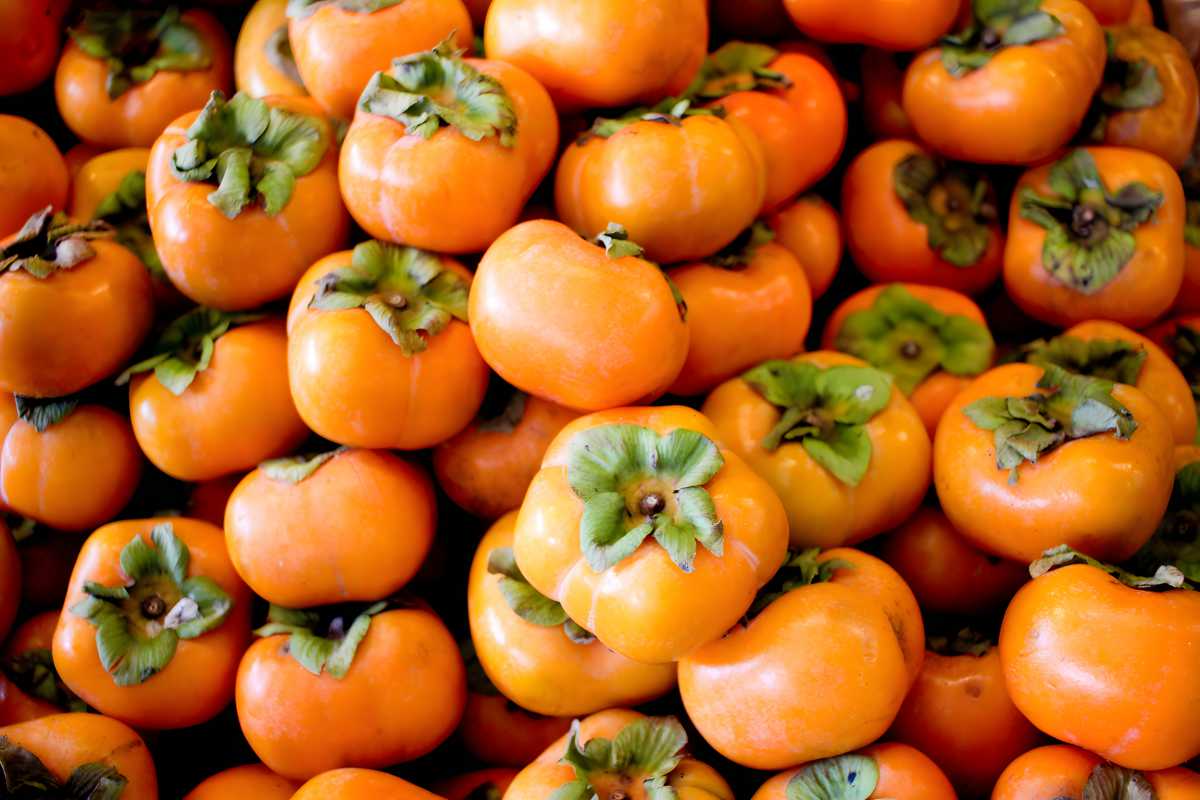
The persimmon scientific name is Diospyros kaki, and it belongs to the genus Diospyros in the family Ebenaceae. The persimmon originates from China, but it has been widely cultivated in Japan and Korea for hundreds of years.
In the Northern Hemisphere, persimmons are harvested between September and December. They are ready to be picked when they have a bright orange color. The duration of the season depends on the climate; in colder regions, it can last around two months, while in warmer regions, it can last up to four months. Persimmon trees are medium-sized and have beautiful white flowers that bloom in the spring.
Plums

Plums belong to the genus Prunus in the family Rosaceae. They are grown worldwide, with China being the leading producer, followed by the United States and Turkey. The season for plums usually starts in early summer (June) and lasts until mid-fall (October), depending on the specific variety and region.
Plums have been cultivated for over 2,000 years. The fruit was a favorite among the ancient Greeks and Romans, who believed it to have medicinal properties.
Pomegranate

Pomegranates originate from the Middle East, specifically Iran and India, and have been cultivated for over 5,000 years. These fruits ripen in late summer to fall and can be harvested from September to January in the Northern Hemisphere.
They are also known as the "Jewel of Winter" due to their availability during the colder months.
Pomegranates have a unique appearance with their rounded shape and a crown-like calyx at the top. The fruit is filled with hundreds of juicy seed sacs called arils, the edible part of the fruit. These arils have a sweet and tart flavor, making them a popular ingredient in savory and sweet dishes.
Pumpkin
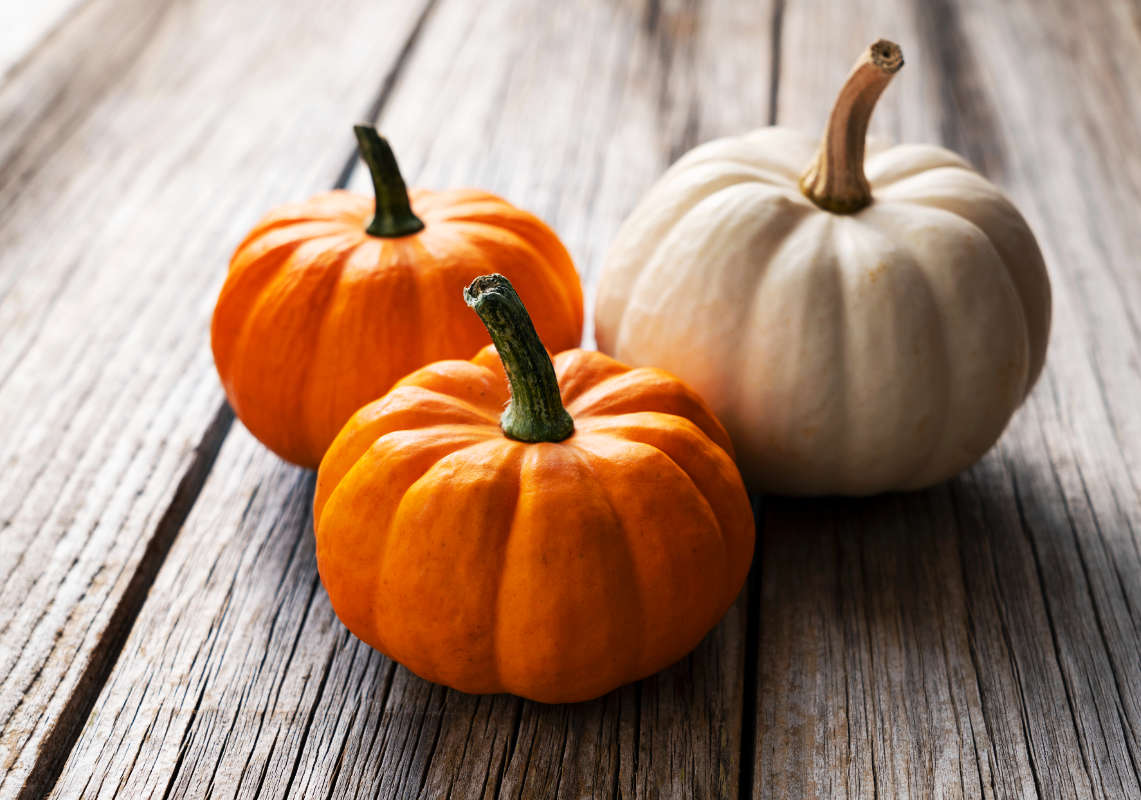
Contrary to popular belief, pumpkins are technically a fruit, not a vegetable. This is because they contain seeds and are developed from the flower-bearing organ of the plant.
Pumpkins are a type of winter squash belonging to the Cucurbitaceae family, including cucumbers and melons. They are native to North America and were first cultivated by Native American tribes over 7,500 years ago. The name pumpkin comes from the Greek word "pepon," meaning large melon.
In the United States, pumpkins are primarily grown in the Midwest region, with Illinois being the largest producer. Harvest season for pumpkins typically starts in September and lasts until late October or early November.
Pumpkins come in various colors, including orange, green, yellow, and white. They are known for their large size and use as Halloween decorations.
Quince

Quince, scientifically known as Cydonia oblonga, is a deciduous tree that produces fruit of the same name. It is native to parts of Europe and Asia but can also be found in smaller numbers across North America.
The quince harvest season typically runs from September through October, making it a popular seasonal treat in the Mediterranean region.
During peak season, quince can be found at local markets and street vendors throughout the Mediterranean. This fruit is often used in traditional dishes such as tarts, jams, and alcoholic beverages. It is also commonly enjoyed raw or cooked into a sweet dessert.
Posts To Visit
Is Tomato A Fruit Or Vegetable 🍅 Solved
45 Types of Fruit | A-to-Z | Defined | Photos
Plumcot vs Pluots 🍑 Hybrid Fruits Explained


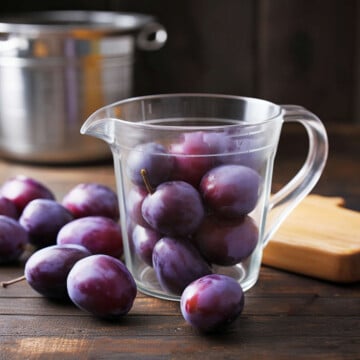


Leave a Reply